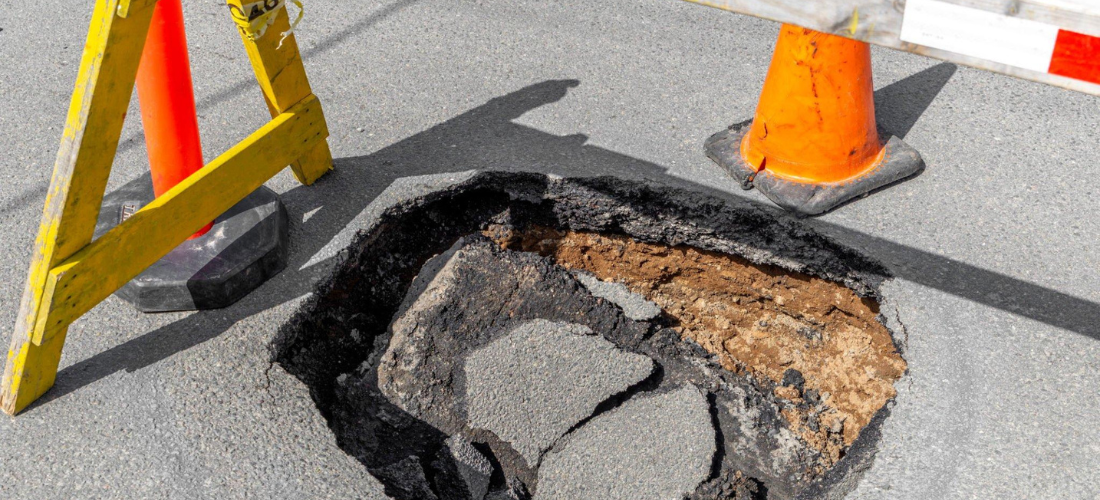Driving on bumpy and uneven roads is not only uncomfortable, but it can also cause damage to vehicles and increase the risk of accidents. Potholes, cracks, and bumps can appear on any road surface due to factors such as weather, heavy traffic, and wear and tear over time. However, road maintenance can help to prevent these issues and make our daily commutes smoother and safer.
One innovative and cost-effective road maintenance technique is microsurfacing. Microsurfacing involves applying a thin layer of bitumen emulsion, crushed rock, and other materials to the surface of a road to restore its smoothness and skid resistance. In this article, we’ll explore how microsurfacing can make your commute smoother by filling in potholes, cracks, and bumps.
The Problem with Potholes, Cracks, and Bumps
Potholes, cracks, and bumps on road surfaces can be more than just an annoyance for drivers. They can also cause significant damage to vehicles, especially if drivers hit them at high speeds. Potholes and cracks can damage tires, suspension systems, and even the frame of a vehicle, leading to expensive repairs.
Additionally, potholes and other surface irregularities can make it more difficult for drivers to maintain control of their vehicles, increasing the risk of accidents. This is especially true in wet or icy conditions when the road surface is already slippery.
How Microsurfacing Works
Microsurfacing is a preventive road maintenance technique that is designed to address issues before they become major problems. It involves applying a thin layer of bitumen emulsion, crushed rock, and other materials to the surface of a road to create a new, smooth surface layer.
The process of microsurfacing starts with cleaning and preparing the road surface. Any potholes or cracks are filled in with an asphalt emulsion or a specialized polymer-modified filler material. Then, a layer of bitumen emulsion is applied to the surface of the road, followed by a layer of crushed rock. The rock helps to create a textured surface that improves skid resistance and reduces the risk of accidents.
Benefits of Microsurfacing for Commuters
- Smoother, Safer Roads
By filling in potholes, cracks, and bumps, microsurfacing can create a smoother, safer driving surface for commuters. This can reduce the risk of accidents and damage to vehicles, and make driving a more pleasant experience overall.
2. Cost-Effective Maintenance
Microsurfacing is a cost-effective road maintenance technique that can extend the lifespan of roads and reduce the need for more expensive repairs down the line. By addressing surface issues before they become major problems, microsurfacing can help local governments save money on road maintenance in the long term.
3. Faster Application Times
Compared to other road maintenance techniques, microsurfacing can be applied quickly and efficiently. This means less disruption to traffic and shorter road closures, which can make it easier for commuters to get around.
4. Improved Skid Resistance
The crushed rock used in microsurfacing creates a textured surface that improves skid resistance and reduces the risk of accidents. This is especially important in wet or icy conditions, when the road surface is already slippery.
Conclusion
If you’re tired of driving on bumpy, uneven roads, microsurfacing could be the solution you’ve been looking for. By filling in potholes, cracks, and bumps, microsurfacing can create a smoother, safer driving surface for commuters.

